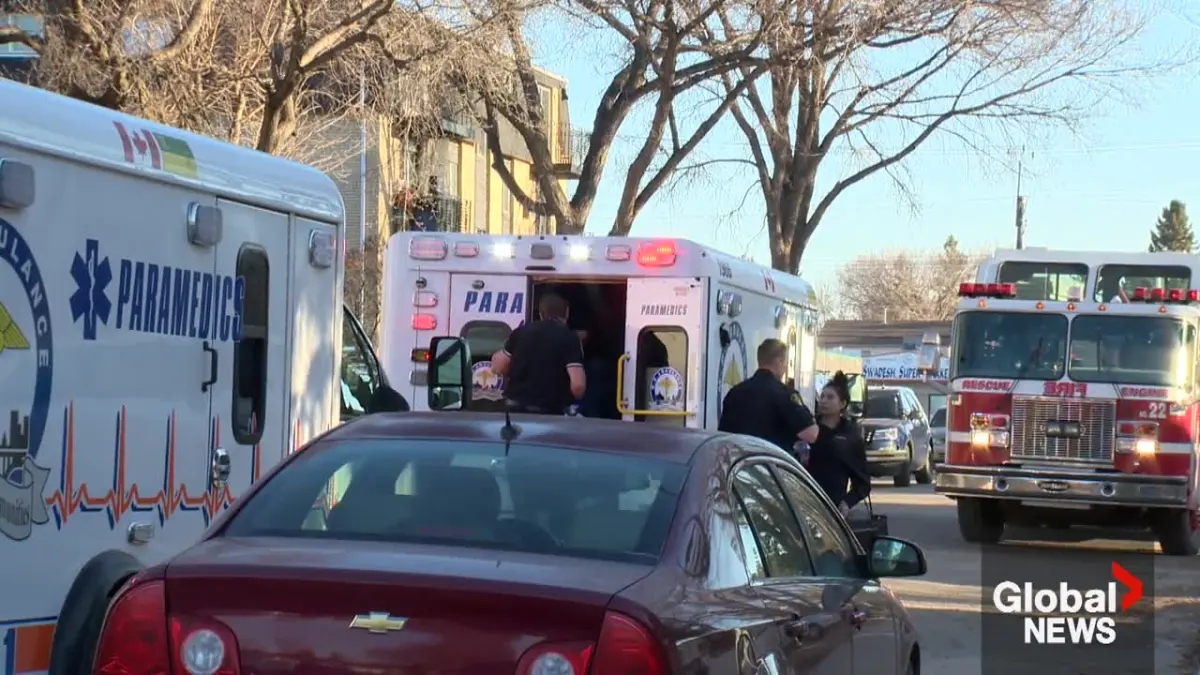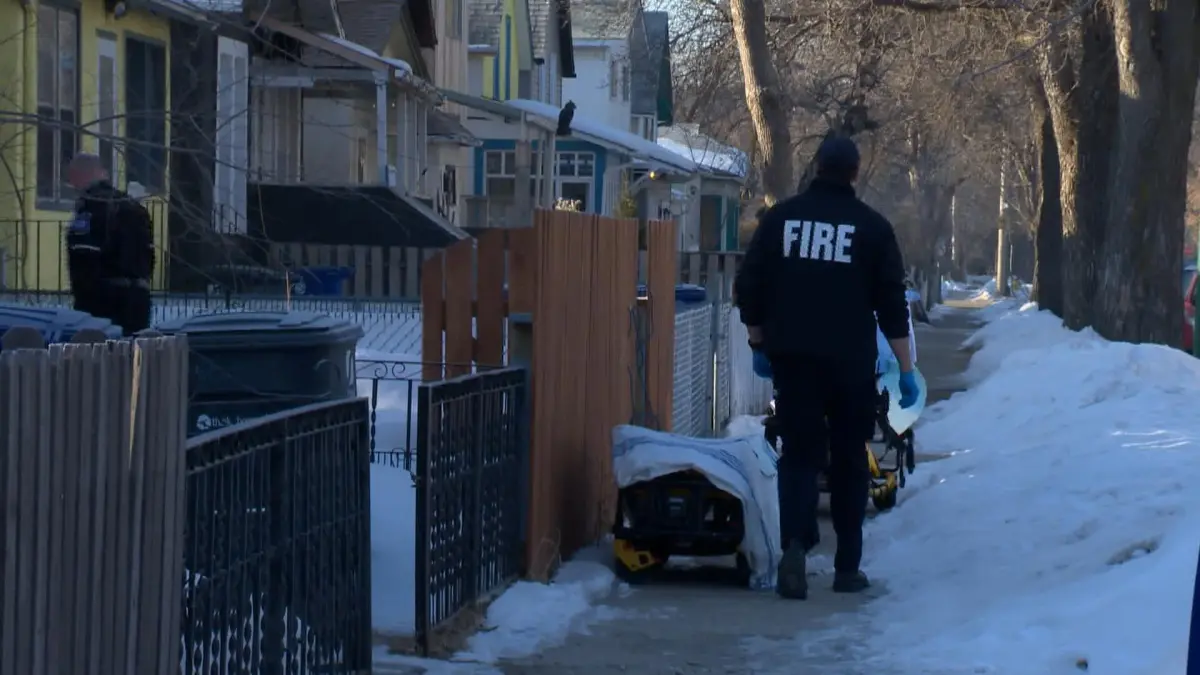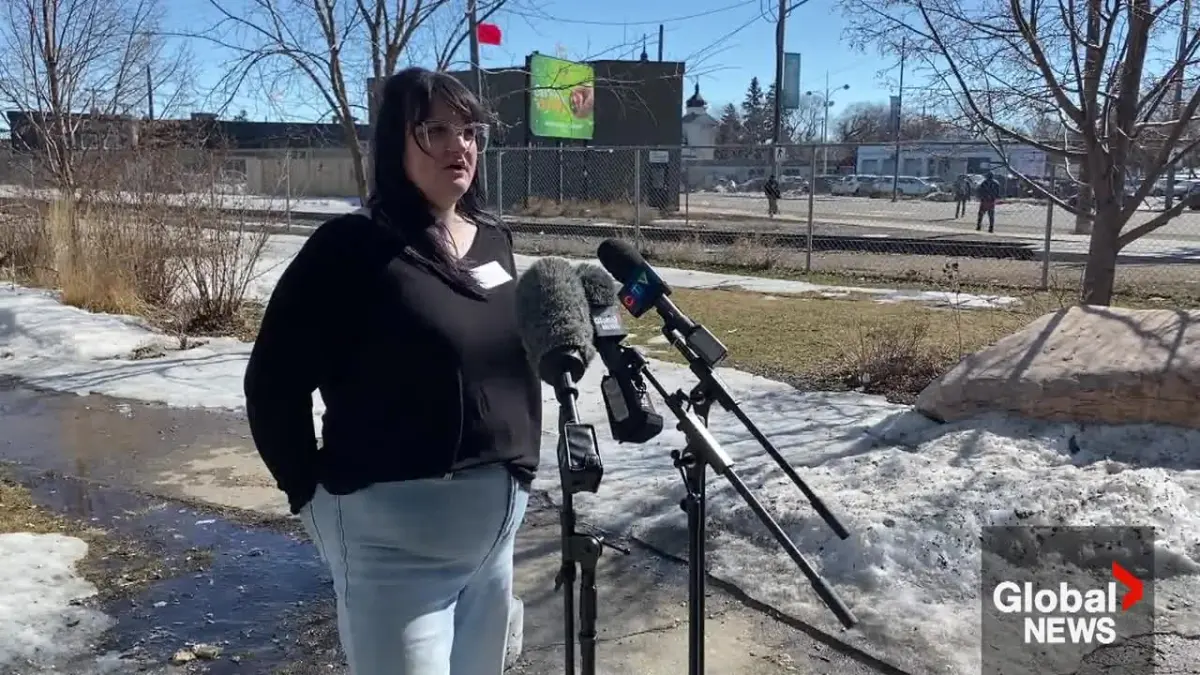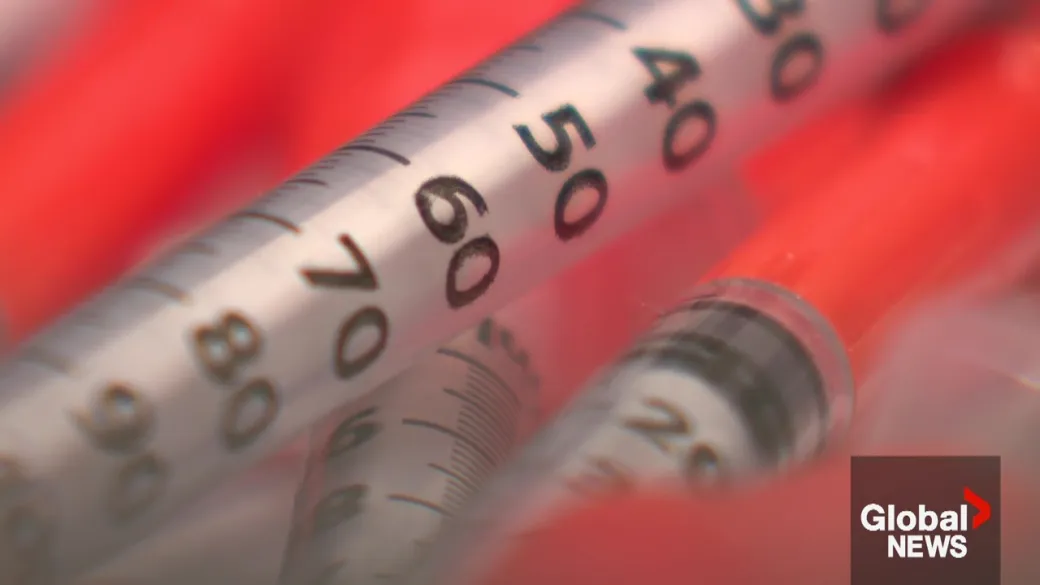More drug-poisoning deaths related to opioids occurred in the Edmonton zone this March than in any other month since the provincial government began making overdose death figures publicly available in 2016.

The latest data available on the Alberta government’s “substance use surveillance” dashboard shows there were 83 opioid-related deaths in Edmonton in March, surpassing the zone’s previous high of 76 in September 2023. Across Alberta, there were 117 opioid-related deaths in March 2025.
It’s incredibly demoralizing,” said Dr. Ginetta Salvalaggio, a professor at the University of Alberta’s Faculty of Medicine and Dentistry who also researches substance use and addiction. “It still is. That hasn’t gone away.
“We do have a contaminated drug supply. People are still exposed to things that they aren’t expecting.”
Global News reached out to the office of Mental Health and Addiction Minister Rick Wilson to ask about the latest data regarding opioid-related deaths in the Edmonton zone and the numbers may reveal.
“Every life lost to the disease of addiction is one too many, and our deepest sympathies go out to all those who have lost a loved one,” Nathaniel Dueck, the press secretary for Wilson’s office, acknowledged in an email. “Edmonton accounts for almost all of the increase in opioid-related deaths for March, which is something we are monitoring closely, along with our municipal partners.
“All other jurisdictions in Alberta have returned, or nearly returned, to pre-pandemic levels for opioid-related deaths.”

Dueck said the government is concerned by an increase in carfentanil-related deaths, which he said made up of about 16 per cent of all opioid-related deaths in Edmonton in 2024.
“This has increased to 70 per cent for the first three months of 2025,” he said. “Carfentanil is 100 times more potent than fentanyl and 10,000 times more potent than morphine. It’s important to note that all opioids have the potential to be deadly and should be considered dangerous.”
Salvalaggio said “certainly carfentanil is in the drug supply” but said it was important to note that data trends related to the opioid crisis can be difficult to translate right away, noting that while the number of opioid-related deaths in Alberta seemed to be trending down in 2024, it is likely too soon to tell exactly what is happening.
“We tend to have a lag, so I’m always super cautious with what we see, and I think what we saw in 2024 is what we saw in multiple jurisdictions, not just Alberta,” she said. “It suggests to me that there was something bigger going on with respect to stabilization than specific policy in this province.
“And certainly, in Edmonton we’re seeing an upswing right back up again. So this isn’t over yet.”
Marliss Taylor is a harm-reduction expert who very recently retired from being a registered nurse in Edmonton. She said based on the number of EMS calls for drug poisoning in Edmonton, and stories from outreach workers on the ground, it was obvious to her that the number of deaths in March would be high.
“The sirens were endless,” she said, speaking about the city’s downtown core that month.
Taylor added that Saskatoon and Winnipeg also saw increases in drug-poisoning deaths this winter.




“I think it’s way too early to say or predict what’s going to happen, although my best guess would be that the instability in the drug supply will continue and we will continue to see a lot of people who are unintentionally overdosing on substances,” she said.
Dueck noted that a variety of resources are available to people who use drugs in Edmonton, including “same-day help” is available across Alberta through the Virtual Opioid Dependency Program which can be reached at 1-844-383-7688. The DORSapp is available for anyone using drugs and will automatically send emergency services to someone’s location if they have overdosed, while naloxone kits are available free of charge at a number of Edmonton pharmacies.
He added that the provincial government continues to work to increase access to addiction treatment and recovery services and noted that in Edmonton, Human-centred Engagement and Liaison Partnership (HELP) teams provide community outreach by partnering city police officers with “social navigators.”
“The Edmonton Navigation Centre is available with access to a number of social services, including referrals to addiction supports and services,” he added.
Taylor noted that there are less organizations capable of putting outreach workers on the ground to help do things like distribute naloxone kits in the downtown core.
“People are really scattered,” she said. “So it’s harder for the few outreach teams that are out there to keep tabs on people.”
When asked what she believes the provincial government could do to better address the crisis, Taylor said she believes the drug-poisoning crisis is something different than an addictions crisis.
“(I am) absolutely very happy to see recovery beds that are available for those who voluntarily want to go and take advantage of that, but that doesn’t help the people who are using drugs in a casual way, or in a non-addictive way,” she explained, adding she would like to see greater access to supervised consumption services, better access to naloxone and an increase in drug-checking ability “right on the ground where people are.”
Salvalaggio said she would like to see more information be made available in terms of where overdoses are happening.
“What are the neighbourhoods that we need the most help with? We need to be willing to look at forms of support that are evidence-based,” she said, before mentioning the provincial government’s legislation that aims to allow for people to be forced into addiction treatment facilities.
“What we need is support right now in the form of not only voluntary treatment, but wraparound supports and places where people can use more safely in the interim.”

Salvalaggio said health professionals she knows are “feeling a lot of moral distress at being not able to do what we know is evidence-based in a way that’s scaled to the point where we can help people.”
“I know that there is a role for harm reduction for example, I know that there is a role for voluntary, accessible treatment, I know that there’s a role for wraparound social support, and over and over again I am seeing things like that defunded.”
–with files from Global News’ Morgan Black




Heart health is crucial for overall well-being. Learn how to keep your heart healthy with these simple lifestyle changes, expert tips, and the latest medical advancements.